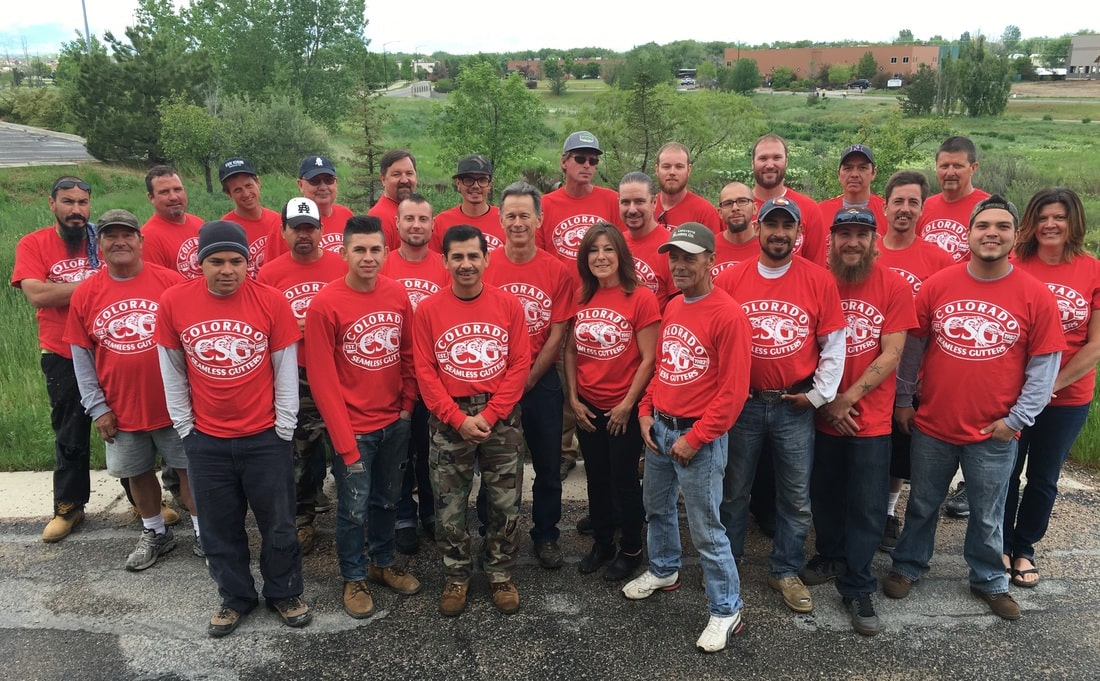When winter rolls around, the importance of effective gutter systems becomes incredibly clear. Snow, ice, and freezing rain can wreak havoc on a home, making the choice between seamless gutters and traditional gutters a pressing matter. In this article, we'll dive deep into the nuances of both gutter types to help you decide which one might be better for winter weather.
Understanding Gutter Systems
What Are Gutters?
Gutters are crucial components of any roofing system. They collect and channel rainwater away from your home’s foundation to prevent water damage. There are various types of gutters available, with seamless and traditional being the most common.
Types of Gutters
Seamless Gutters: These are continuous pieces that are custom-fitted to your home. Traditional Gutters: These often come in sections and require joints or seams at the corners.Both types have their merits, but when it comes to winter weather, they perform differently.
Seamless Gutters vs. Traditional: An Overview
What Are Seamless Gutters?
Seamless gutters are manufactured from a single piece of material, resulting in fewer joints or seams. This design minimizes the risk of leaks significantly compared to traditional systems.
What Are Traditional Gutters?
Traditional gutters are typically pre-formed lengths that need to be connected during installation. The seams in this type can become trouble spots during winter months when water freezes and expands.
How Do Seamless Gutters Perform in Winter Weather?
Advantages of Seamless Gutters During Winter
Reduced Risk of Ice Dams: With fewer seams, there's less chance for water to seep through and freeze. Easier Maintenance: Cleaning seamless gutters is generally easier due to their design. Durability: Seamless gutters can withstand heavy snow loads without sagging or breaking.Potential Drawbacks
While seamless gutters offer numerous benefits during winter, they aren't without potential drawbacks:
- Higher initial cost Requires professional installation
How Do Traditional Gutters Perform in Winter Weather?
Advantages of Traditional Gutters During Winter
Lower Initial Cost: Generally cheaper than seamless options. Easier Replacement: Individual sections can be replaced if damaged.Potential Drawbacks
However, traditional gutters also have several disadvantages during winter:
- Increased risk of leaks at seams More frequent maintenance required
Gutter Installation Considerations for Winter Weather
Professional vs DIY Installation
Installing either type requires careful consideration:
- Professional installation ensures proper alignment and function. DIY may save money initially but could lead to issues down the road.
Choosing the Right Materials for Gutter Installation
Material plays a significant role in how well your gutters will hold up against winter conditions:
Aluminum (often used for seamless) Vinyl (common for traditional) Copper (luxurious option)Gutter Cleaning Before Winter Hits
Why Gutter Cleaning Is Important?
Before winter arrives, it’s critical to clean your gutters thoroughly:
- Prevents blockages that can lead to ice dams. Ensures water flows freely away from your foundation.
How To Clean Your Gutters Effectively?
Here’s a quick guide on how to clean your gutters effectively:
Gather necessary tools (ladder, gloves, bucket). Clear out debris like leaves and twigs. Flush with water to ensure everything is flowing correctly.The Role of Gutter Guards in Winter Weather Protection
What Are Rhino Gutter Guards?
These are protective covers designed to keep debris out while allowing water to flow through seamlessly.
Do Gutter Guards Help During Winter?
Absolutely! Gutter guards can reduce maintenance needs by preventing clogs that often lead to ice formation.
Commercial Gutter Repair Needs in Winter Months
Why Businesses Should Prioritize Gutter Maintenance?
For businesses, maintaining functional gutters is essential:
- Protects property value. Prevents costly repairs down the line due to water damage.
Comparing Costs: Seamless vs Traditional Gutters
| Aspect | Seamless Gutters | Traditional Gutters | |----------------|-------------------|---------------------| | Initial Cost | Higher | Lower | | Maintenance | Lower | Higher | | Lifespan | Longer | Shorter |
Local Gutter Companies in Your Area
When considering installation or repair services:

FAQs About Seamless and Traditional Gutters
1. What’s the main difference between seamless and traditional gutters?
Seamless gutters are made from a single piece without joints while traditional ones consist of multiple sections connected together.
2. Which type is more expensive?
Seamless gutters typically cost more upfront due to custom fabrication and professional installation requirements.
3. Do I really need gutter guards?
Gutter guards help minimize maintenance needs by preventing debris build-up which is especially beneficial during winter months when ice dams form easily.
4. How often should I clean my gutters?
It’s advisable to clean them at least twice a year—once in spring after tree pollen season ends, and once before winter hits.
5. Can I install these myself?
While DIY installation is possible for both types, hiring professionals ensures proper fitting which gutters in residential buildings is vital for optimal function during harsh winters.
gutter installation6. What should I do if my gutters freeze?
If they freeze over, avoid using hot water as this could cause damage; instead allow them time to thaw naturally or contact professionals if necessary.
Conclusion
In the battle between seamless gutters versus traditional, choosing what best suits your needs largely depends on budget constraints and climate considerations—especially how each performs under severe weather conditions like those seen in winter months! While seamless options offer superior protection against leaks thanks largely because they lack problematic seams—traditional styles provide an economical alternative albeit with increased risks requiring regular maintenance and repairs throughout cold seasons ahead! Ultimately ensuring you select a solution aligned with both financial aspects alongside long-term sustainability goals will serve you best come snowfall season!
The key takeaway here is understanding that while both types have their advantages—the unique challenges posed by winter weather make seamless solutions potentially more appealing overall!